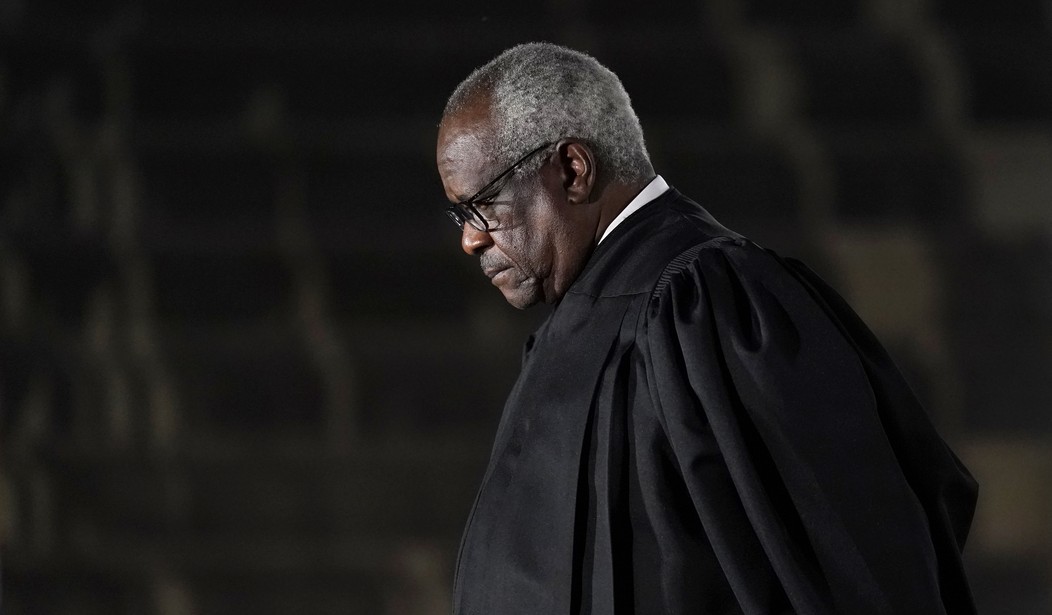ABB celebrates 85 years of the technology that revolutionized emissions monitoring
- URAS was the first gas analyzer to inspect the composition of gases in real time leveraging infrared measurement technology
- Today, URAS is widely used at industrial plants where ultra-precise measurement of gases is required for meeting environmental standards
- Since 1938, URAS has become a benchmark of uncompromising environmental compliance
ABB celebrates 85 years of the technology that revolutionized gas analysis and emissions monitoring in chemical plants and refineries, the pulp, paper and metal industries, power generation, cement, and others.
When launched in 1938, URAS was known as the first “ultra red absorption recorder” (in German, Ultra Rot Absorptions Schreiber), a continuous gas analyzer capable of instantly measuring the concentration of more than 100 gases through infrared spectroscopy (light absorption technology).
“This technology was truly revolutionary from the day it was invented. Today, it is a benchmark for uncompromising environmental compliance. With URAS, numerous industrial companies around the world are able to monitor emissions and safeguard the environment,” said Ben Goossens, ABB Measurement & Analytics.
URAS is used by industrial companies around the world as a key solution for ensuring environmental compliance. With its unrivaled monitoring uptime, this technology is used in the continuous monitoring of gases that come out of industrial chimneys. It also measures emissions from marine vessels, helping shipping companies comply with environmental regulations.
As a continuous gas analyzer, URAS has a wide range of applications beyond the industrial segments – from helping save lives in hospitals by measuring the CO2 levels in diagnostic breath tests to supporting the process of ripening of bananas during shipment by analyzing the concentration of ethylene.
In 1996, URAS was used as a foundation in ABB’s groundbreaking Advance Optima modular analyzer, which unified the operation for all types of gas analyzers in one single design. With this, URAS became the first network analyzer with its own IP address. This was the beginning of the digitalization of analyzer technology.
“Decades before the Internet of Things, URAS communicated digitally. Today, it’s all about the digital transformation and this is where it all started,” said Ben Goossens.
URAS was created by German engineers Erwin Lehrer and Karl Friedrich Luft. In 1988, the technology was further improved by adding gas-filled calibration cells. Because it no longer needed high-pressure test gas cylinders, the cost of operation dropped significantly and increased the ease of use.
Link to a Video and story:

CLICK HERE FOR LATEST NEWS.
READ CURRENT AND PAST ISSUES OF IAA.
KEEP YOURSELF UPDATED, SUBSCRIBE TO IAA NOW!
AND DON’T FORGET FOLLOW US ON FACEBOOK, LINKEDIN AND TWITTER!





















Discussion about this post